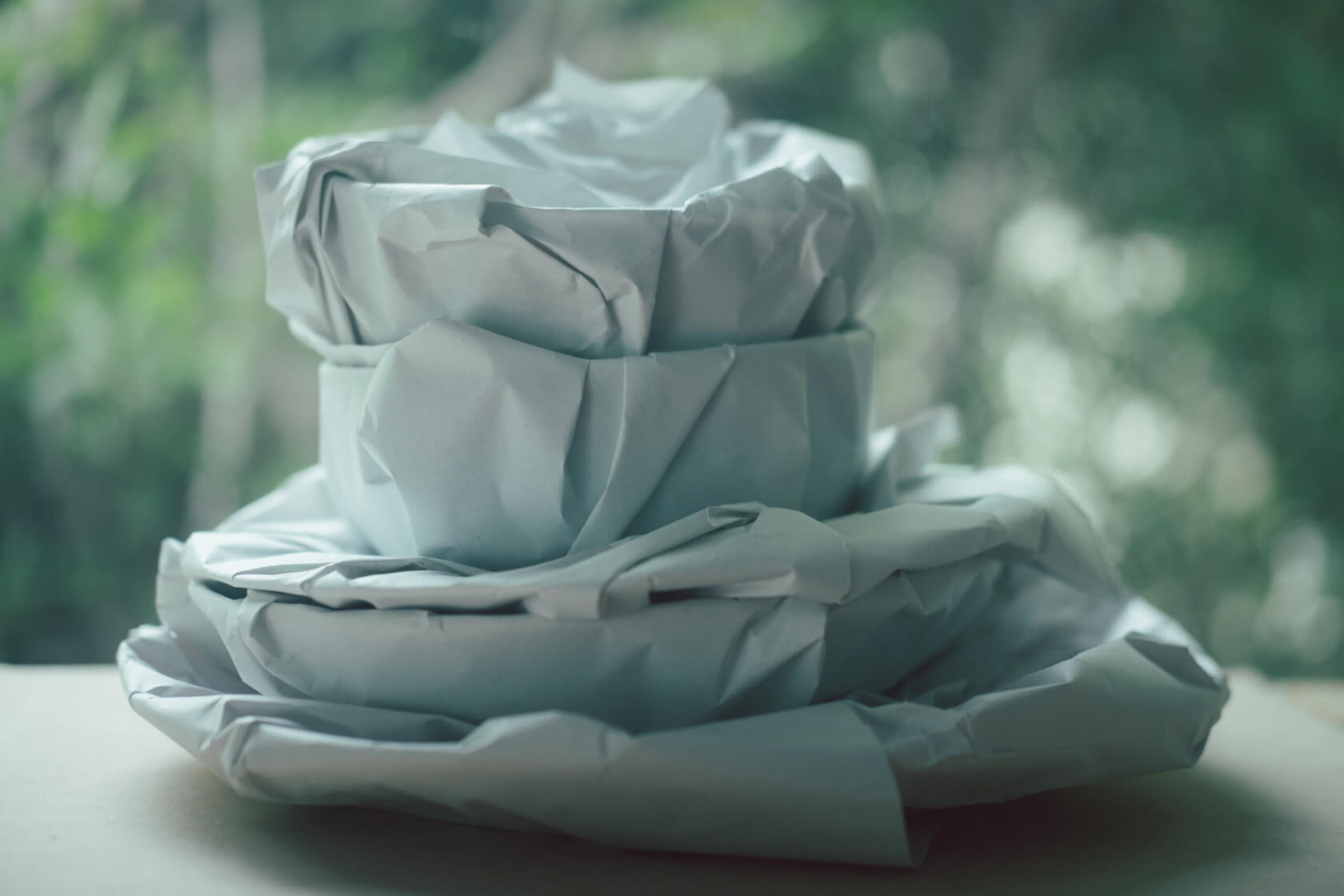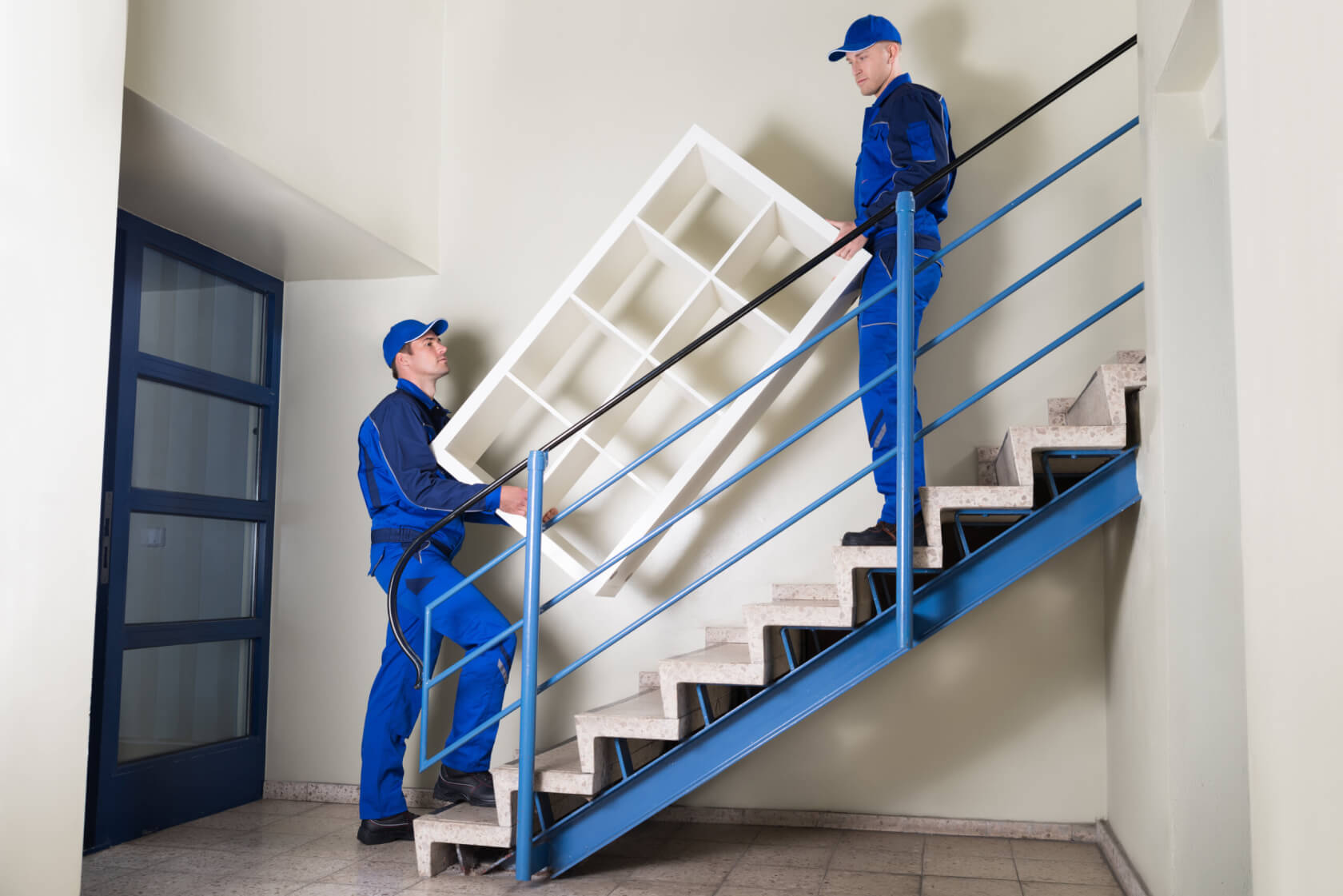By Sam Smith
June 22nd 2023
China cabinets are a forever-piece in your home. They may have been passed down from generations and home to prized possessions that mean a lot to you and your family. Moving house is stressful and the pressure to not damage your china cabinet breaks a sweat.
Fear not, this article is here to help. We’ll guide you through the process of dismantling, packing, and protecting your china cabinet for transporting to your new home. Grab a cuppa and read on as we share our top tips for packing your china cabinet like a pro!
Equipment and Supplies Needed
- Packing paper: Soft and flexible, packing paper is perfect for wrapping your fragile items, providing extra padding and protection.
- Paper Bubble wrap: Go big or go home! Grab plenty of bubble wrap to cushion your delicate glass and china items.
- Sturdy moving boxes: You’ll need sturdy, corrugated boxes in various sizes. Double-walled boxes are perfect for heavier items.
- Packing tape: Stock up on heavy-duty packing tape to securely seal your boxes and prevent any mishaps en route.
- Scissors
- Marker pen: For easy identification, label your boxes with a bold marker, noting the contents and any special handling instructions.
- Soft cloth
- Furniture blankets
- Stretch wrap: Our go-to for securing the cabinet and its contents. It’s like giving your china cabinet a big, protective hug before its journey!
- Corner protectors
Step 1: Gather packing supplies.
Start by collecting the necessary packing supplies to protect your china cabinet during the move. It’s important to secure your valuable collection.
Trust me, you don’t want to be caught short when it comes to safeguarding your treasured collection!
Once you’ve gathered your packing supplies, you’re ready to start prepping your china cabinet for its grand relocation adventure. Onwards!
Step 2: Empty the china cabinet.
Now that you’re well-equipped and fully prepared, it’s time to empty your precious china cabinet. Begin with the heaviest and largest items to avoid any unnecessary pressure on the more delicate ones.
You might feel nostalgic as you carefully remove each cherished piece. This is a golden moment to channel your inner Marie Kondo and evaluate which pieces truly spark joy.
If you’re feeling a little overwhelmed, take a deep breath. Take a few moments to revel in the stories behind your cherished items. After all, you’re not just packing a china cabinet; you’re preserving a treasure trove of memories and experiences that have shaped your life.

Step 2a: Protect and wrap the china plates and ornaments
Packing delicate china plates and ornaments requires careful handling to ensure they remain safe during transportation or storage. Here are some instructions on how to pack them properly:
- Prepare the boxes: Choose boxes that are slightly larger than the items you plan to pack. Reinforce the bottom of each box with packing tape to provide extra support.
- Clean and organize: Before packing, make sure all china plates and ornaments are clean and dry. Sort them by size and fragility to determine the best packing method for each item.
- Wrap each piece individually: Start by placing a sheet of packing paper on a flat surface. Take one china plate or ornament and lay it in the center of the paper. Fold one corner of the paper over the item, covering it completely. Then, fold the opposite corner over, and secure it with tape. Repeat this process for each piece.
- Add extra protection: For particularly delicate or valuable items, provide an additional layer of protection by wrapping them with bubble wrap after wrapping them in packing paper. Bubble wrap adds cushioning and helps absorb shock during transportation.
- Pack the boxes: Line the bottom of each box with crumpled paper void fill or bubble wrap to create a protective layer. Place the wrapped china plates and ornaments vertically in the box, with the larger and sturdier items at the bottom and the smaller, more delicate ones on top. Fill any gaps with additional void fill or bubble wrap to prevent movement.
- Layering and labeling: If you have multiple layers of items, place a sheet of cardboard or bubble wrap between each layer to provide extra cushioning. Label each box with a marker, indicating the contents and a “fragile” warning.
- Secure and seal the boxes: Once the boxes are packed, seal them tightly with packing tape. Reinforce the seams and corners to ensure they won’t come undone during transit.
- Store with care: Whilst you wait for the big day, avoid placing heavy items on top of the boxes. Store them in a secure, dry location to prevent damage.
Step 3: Disassemble (if necessary).
Now, it’s time to grab your trusty toolkit and channel your inner DIY enthusiast! Some china cabinets may require disassembly to make moving a breeze. Start by carefully removing any drawers, shelves, and doors.
For those stubborn pieces that refuse to budge, don’t fret. Just ensure they’re secured and well-protected during the move, and they’ll arrive at their new home safe and sound.
Step 4: Secure the glass.
Before wrapping your entire cabinet, it’s time to give the glass some extra love and attention.
Cut some cardboard pieces to cover the glass panels. Measure the dimensions of each glass panel and cut out cardboard pieces accordingly.
Place the cardboard pieces on the glass panels and secure them with painter’s tape – this will help prevent any scratches or cracks during the move.
Step 5: Wrap the cabinet.
Now that your fragile items are safely tucked away, it’s time to focus on the star of the show: the glass-fronted china cabinet itself. Ensuring that it’s snugly wrapped and protected will guarantee a stress-free move.
First, remove any removable parts such as shelves or handles and wrap them separately in bubble wrap. This will prevent any potential damage during the move.
Pro tip: Use small zip-lock bags to store screws and hardware, and label them accordingly to avoid confusion during reassembly. Don’t forget to label these parts, so reassembling your cabinet will be a breeze!
Next, grab a roll of bubble wrap and start wrapping the entire cabinet. For the glass-front, use multiple layers to provide extra cushioning. Secure the bubble wrap with packing tape, making sure it’s tight enough to hold everything in place, but not too tight to cause pressure on the glass.

Step 6: Move with care.
Phew! We’ve made it to the final stage of the great china cabinet packing adventure. Now that your cabinet is all wrapped up like a precious present, it’s time to ensure its safe journey to your new home.
Teamwork makes the dream work when it comes to moving a china cabinet.
Grab your most trustworthy friends or hire professional movers to help you manoeuvre this delicate masterpiece. Remember, slow and steady wins the race, so take your time and communicate with your team while carrying the cabinet.
And with that, your beloved glass-fronted china cabinet is ready to move to your new home. With the care you’ve put into packing and moving it, you can be confident that it’ll arrive in your new home safe and sound, ready to house your precious treasures once more.
FAQs
Should I take the shelves out of my china cabinet before moving it?
Absolutely! Removing the shelves not only lightens the load but also prevents potential damage during the move. So, roll up your sleeves and let’s get those shelves out of there!
Is it necessary to wrap each item in bubble wrap?
It depends on the fragility and value of your items. For those delicate, sentimental or expensive pieces, bubble wrap is definitely worth the investment. It provides that extra layer of protection for your cherished belongings during transport.
For stronger or less expensive items, consider using packing paper or old newspapers. Ensure they’re packed tightly, using crumpled paper to fill gaps and avoid damages.
Ultimately, it’s about combining safety and convenience.
What should I do if my china cabinet is too large to fit through the door?
First, assess the dimensions of your beloved cabinet and compare them to the doorway it needs to pass through.
Is it just a matter of centimetres, or is it significantly larger than the door?
If it’s only a tad bit larger, you may be able to angle and manoeuvre it through with a little finesse and some help from your trusty moving buddies.
However, if it’s considerably larger, you’ll need to get a bit more creative.
Consider disassembling the cabinet into smaller, more manageable pieces. Start by removing any glass shelves or doors, and then examine the cabinet’s structure for screws or joints that can be taken apart. Be sure to label and safely store all hardware and parts for easy reassembly at your new abode.
If disassembly isn’t an option, it may be time to call in professional movers who have the tools and expertise to handle larger-than-door-sized china cabinets. Remember, the goal is to safely transport your precious cargo, so don’t hesitate to call in reinforcements if needed!
How do I clean my china cabinet once it has been moved?
Now that it’s in its new home, it’s time to give it some TLC and restore its sparkle. Let’s dive into the cleaning process, shall we?
Start by gently removing any residual packing materials, taking extra care not to scratch the glass or wood.
Once that’s done, grab a soft microfibre cloth and a gentle glass cleaner to make your cabinet’s glass front gleam like new.
For the wooden parts, use a damp cloth and mild wood cleaner to wipe away dust and any potential smudges.
Don’t forget to clean the handles and hardware too!
Finally, open the doors and windows in the room to allow for some fresh air circulation, helping your beloved china cabinet to breathe and settle into its new home.